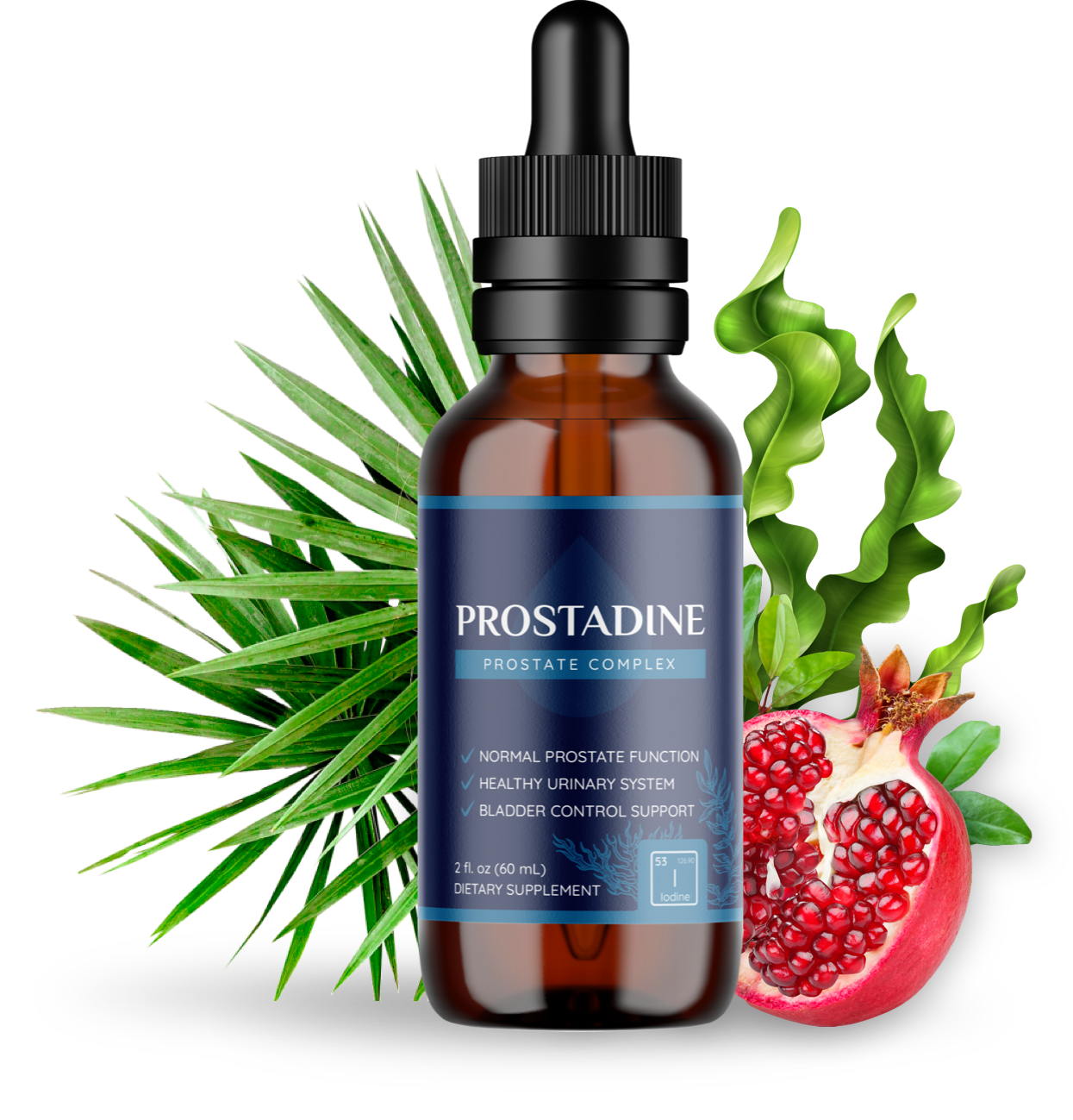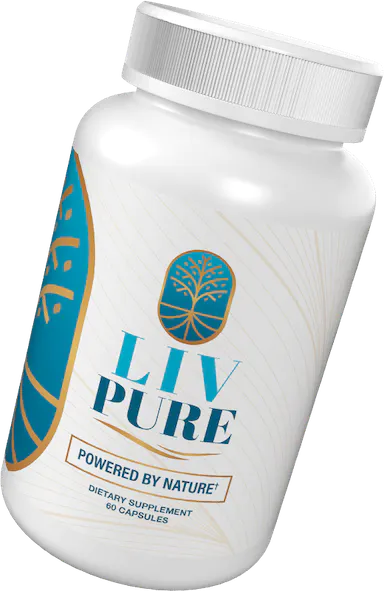As far as bodyweight exercises go, push-ups give you a lot of bang for your buck. The staple upper-body movement not only works several muscle groups all at once, but can also help you improve your posture and joint stability.
But push-ups require a lot of upper-body strength and core stability, making them hard to do—and even harder to do correctly.
Whether you’re looking to level up your push-up form or find push-up alternatives that work the exact same muscles, we’ve got tips for perfecting your technique and go-to modifications that offer the same upper-body benefits.
How to do a push-up with perfect form every time
Traditional push-ups “target almost every muscle in your upper body, no equipment required,” says Julia Caban, CPT, a certified personal trainer and coach at Performance360 in Oceanside, California.
But doing a push-up correctly is harder than it looks. Katelyn Raymond, PT, DPT, a physical therapist and director of movement at STAT Wellness in Atlanta, Georgia, suggests thinking about a push-up as a moving plank.
And just like when holding a plank, while doing a push-up, you need to keep your core engaged to keep your hips level and avoid strain in your lower back.
“Also avoid rounding your shoulders, which stresses the shoulder joint and can lead to injury,” Raymond says.
Here’s how to execute the perfect push-up:
- Start in a high plank position with your palms directly beneath your shoulders and your feet hip-width apart.
- Keeping your weight forward on your toes, draw your shoulder blades away from one another to engage your upper back and pull your belly button toward your spine to engage your core.
- Keeping your elbows at a 45-degree angle, slowly lower your torso until your chest touches the floor or mat. (If you can’t lower all the way toward the floor, go as far down as is comfortable.)
- Press into your hands and engage your core to straighten your arms and return to the starting position.
- Repeat.
Push-up muscles worked
A push-up is the ultimate upper-body workout. According to Caban and Raymond, push-ups work the following muscles:
- Biceps (front of arm)
- Triceps (back of arm)
- Pectorals (chest)
- Deltoids (shoulders)
- Upper and lower back
But you’ll also work your core—particularly your obliques (the muscles on the sides of your torso) and transverse abdominis (the deep abdominal muscles that extend from your ribs to your pelvis)—to stabilize your body as you lower and lift in the push-up position.
Push-ups also fire up lower-body muscles like your hamstrings and glutes, which help you maintain that strong plank position as you bend and straighten your arms.
The benefits of push-ups that’ll convince you to add them to your workouts
Push-ups are important because they combine trunk stability with upper-body strength and mobility, according to Raymond. In everyday life, this functional movement is similar to pushing a chair or sofa across a room or opening a door.
“Very few other movements hit such a variety of muscles without any equipment required,” Caban says.
This move also improves your joint stability, decreasing your risk of injury, whether that’s doing your sun salutations in yoga class or pulling weeds in your garden.
Spend much of your day sitting? Push-ups can help.
“Push-ups always help to open the chest area when you perform them in full range, which is great for those who have desk jobs and rounded shoulders,” Raymond says.
Modifications are a great way to build up to the traditional exercise, target the same muscles with less strain on your body, or accommodate injuries or conditions that make it difficult to execute the full push-up motion.
Okay, seriously, why are push-ups so hard?
While push-ups don’t require special equipment and are a staple of fitness classes from HIIT to Pilates, they are hard. Like, really hard.
“Push-ups require substantial trunk and upper-body strength,” Raymond says. “And a lot of muscles need to work together to perform a traditional push-up correctly.”
Caban agrees.
“When you do a push-up, you’re pushing up your entire body weight, which is not easy,” she says.
Who are push-up alternatives best for?
Modifications are a great way to build up to the traditional exercise, target the same muscles with less strain on your body, or accommodate injuries or conditions that make it difficult to execute the full push-up motion.
Push-up alternatives are ideal for pregnant people, especially those in second and third trimesters who “find a prone position to taxing on the core and pelvic floor,” Caban says.
Caban also recommends push-up alternatives for people who experience wrist pain or have issues with shoulder blade stability.
Related Posts
Recommended Story For You :

The alpine secret for healthy weight loss

The Most Potent Fast-Acting Formula For Incinerating Stubborn Fat

Real Cortexi Users Real Life‑Changing Results

This Cold Drink Might Trigger Your Prostate

Red Boost is a powerful new formula for boosting male sexual health.

Everything you eat or drink eventually reaches your liver for processing.

Brand New Probiotics Specially Designed For The Health Of Your Teeth And Gums

Empowering You to Take Control of Your Blood Sugar Health!


